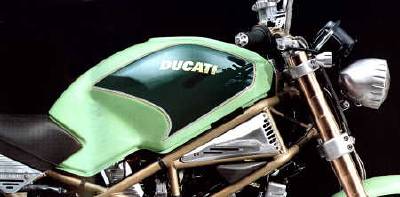To keep pushing the competitive edge manufacturers are continually pressing the envelope to cut costs at every layer of production. Simulation is a vital part of the engineer’s toolkit in testing all aspects for product design and performance. At the glamorous end of engineering design is the automotive industry where fortunes can be made and lost with every new model and the star performers invariably go down in history.
But pushing materials and ideas to the limit is very expensive and very time consuming. With money and time being very scarce commodities, engineers have sought to digitally simulate how their designs will work before any physical components are made. The potential for time and cost savings abound.
thumbnail courtesy of ft.com
The Jaguar XE saloon, which started shipping in the UK last month, was produced without using any prototypes during the aerodynamic engineering process — a first for a mainstream model.
Jaguar Land Rover, its maker, now wants to go further. It is seeking to eliminate all physical prototypes from the early development process by 2020, even though that would mean ordering costly factory tooling on the back of computer modelling alone. “Everyone’s going the same way,” says Elliot Hemes, a JLR vehicle engineer.
Computer-aided engineering has been increasingly used in car manufacturing over the past 10 years, aided by greater processing power. The simulations that it enables replace a physical testing process that is seen as expensive, time-consuming and inaccurate. Car prototyping moves from workshop to digital simulation – FT.com
There’ll probably always be something that needs to be prototyped in real life because the digital simulation just doesn’t quite get it right. But in the majority of cases digital simulation will help get costs lower in design and production phases and will result in better engineering in future.








